The Sculpture Park at Waitakaruru Arboretum is a regional resource that is the result of an interest in regenerating land, a love of art, and a couple’s combined experience in environmental planning and arboriculture.
Looking at the lush vegetation, thousands of carefully curated trees, thoughtfully landscaped areas and interesting sculptures around every corner, it’s hard to believe that thirty years ago the 17.5 hectares of land was a derelict, greywacke quarry overrun with gorse, pampas and blackberry.
In the early 1990s, Dorothy and John Wakeling were looking for some land that required rehabilitation, where they could plant a significant arboretum. An ex-quarry in Tauwhare, around 20 kilometres east of Hamilton, caught their attention in 1991.
“It was the towering cliffs that really sold it to us. Add in the stream and ponds, abundance of greywacke rocks lying around, intimate tree-enclosed spaces and panoramic vistas over the Waikato, and we could see the potential for a really interesting landscape,” says Dorothy.
Starting from scratch
The couple funded the project themselves from the start. John took six months off work to supervise their own “Task Force Green” with clearing the site.
“Our first planting was New Zealand native bush and it’s our largest planting with much of it still there today,” says Dorothy.
Conifers, American species, Australian species, Latin American species, South African species and Asian species have been planted. Many are rare or endangered species.
“We’ve planted 30,000 trees and shrubs over the years with help from many volunteers and supporters. Some have been felled or died over the years, or affected by drought and weather events, and we re-plant.”
The little rustic cottage on the site was the couple’s bach until they were able to build a home. The cottage is now used as accommodation for those seeking a retreat in nature.
The native bush draws native birds to the property. Tui, bellbirds, kereru, kotare, herons and ruru (which is their emblem) are some of the species that can be heard or spotted in the park.
 The Artist’s Shelter. Photo: Supplied.
The Artist’s Shelter. Photo: Supplied.
Greywacke rocks have been incorporated into the landscaping, and used for walls, edging, and carefully placed statement rocks around the park.
The name Waitakaruru Arboretum is after the stream that runs through the park on its journey to the Waitoa River. Waitakaruru means “place where the owl drinks” in Maori.
Opening to the public
The park opened to its first visitors in 2003 as part of the “Window on Waikato” fundraiser for Hospice Waikato.
“We had 47 sculptures displayed here and it was a big success and we looked at having more sculptures in the park and exhibitions of sculptural works. Initially there was a very small charge to come to the park and money was from funding raised by a charitable trust. The park was used for charity fundraisers.
“John and I are now trying to protect the long term future of the park. We offered to gift it to the Council, but they do not need such a high maintenance asset. In 2019, a different charitable trust was formed, called the Art-in-Nature Arboretum Trust. The Trust applies for funding, relies on donations and bequests, and charges an entry fee.”
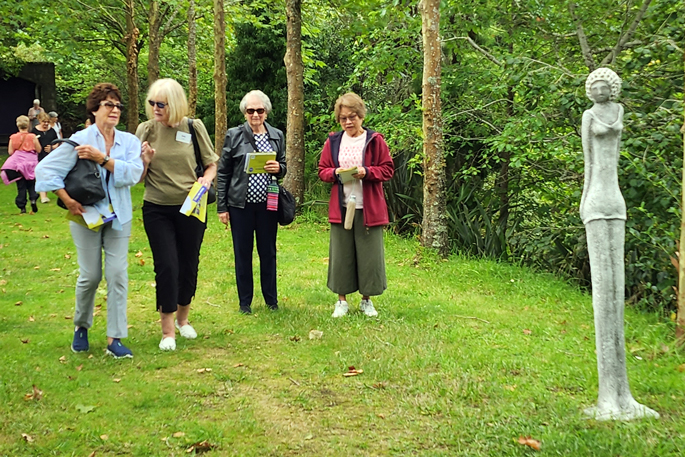 Park visitors enjoying The Outfits by Rebecca Rose. Photo: Supplied.
Park visitors enjoying The Outfits by Rebecca Rose. Photo: Supplied.
The funding pays for the ongoing maintenance and planting of the park, and the two full time gardening staff, part time arborist and staffing for the information centre and café. John is still the curator of the trees and Dorothy still leads event planning, media and administration.
Visitors are guided through a 2km walk that winds through the arboretum, incorporating original the quarry roading which gently curves through the steeper gradients, with over 100 sculptures placed on the route.
The reusable park guides have the name of every sculpture, what it’s made of and who the artist is. Many of the sculptures are donated, gifted or on long term loan, while others are part of exhibitions, meaning that there are continually new pieces to see.
The trees are catalogued for those with an interest in the arboretum and a tree guide can be downloaded from the park’s website, although it’s not always completely up to date..
“Cyclone Gabrielle caused terrible damage and we had over 100 trees either down or damaged. We had to close for a few weeks in early 2023 to assess the damage and clear dozens of trees and branches away.”
Since 2011, the arboretum has been protected under the New Zealand government’s carbon credit scheme and covenanted for 50 years as a “permanent forest sink”, absorbing significant carbon for many more years.
A visit to the park has activities for families and groups as they walk around immersed in art and nature, finishing with a visit to the Roosting Ruru Café.


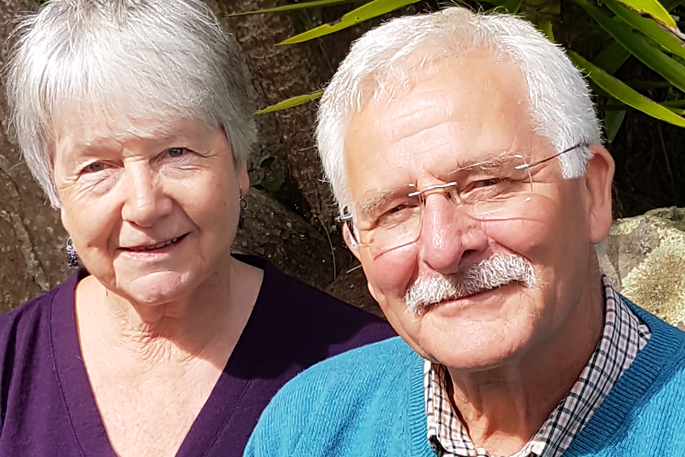
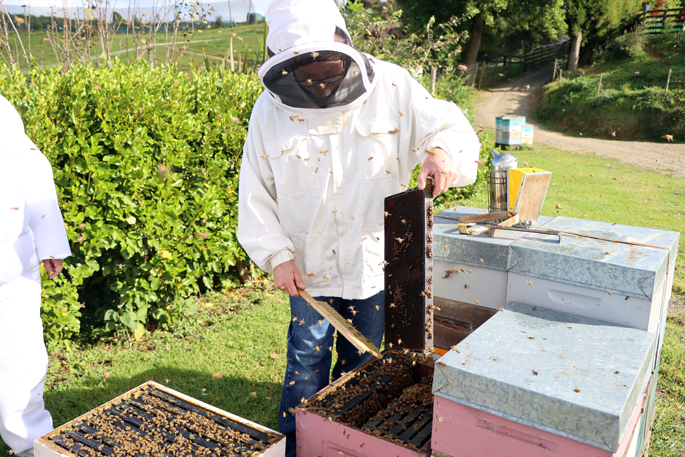
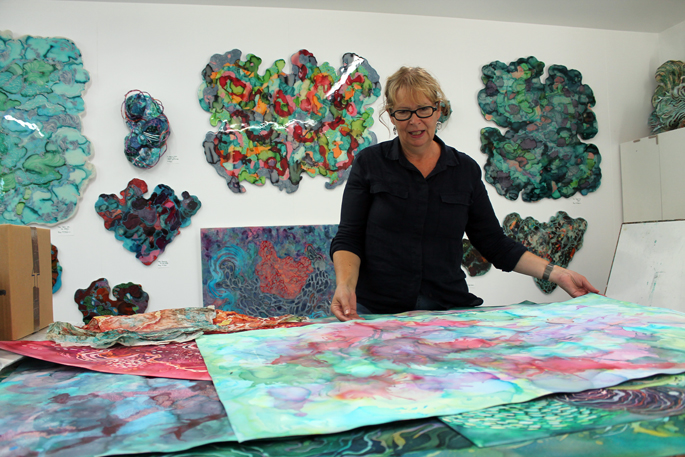
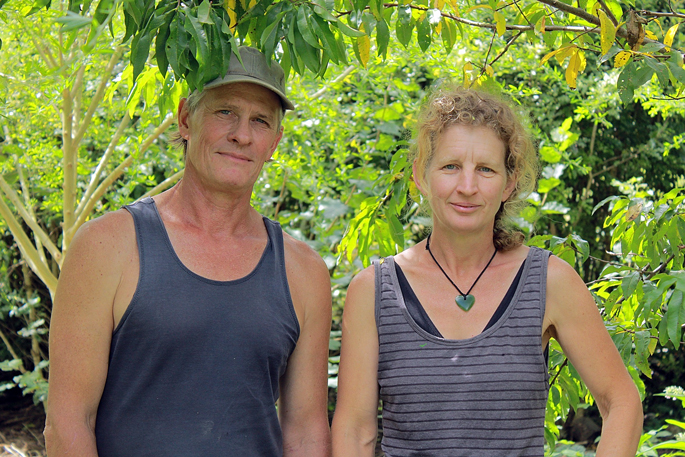

0 Comments
Leave a Comment